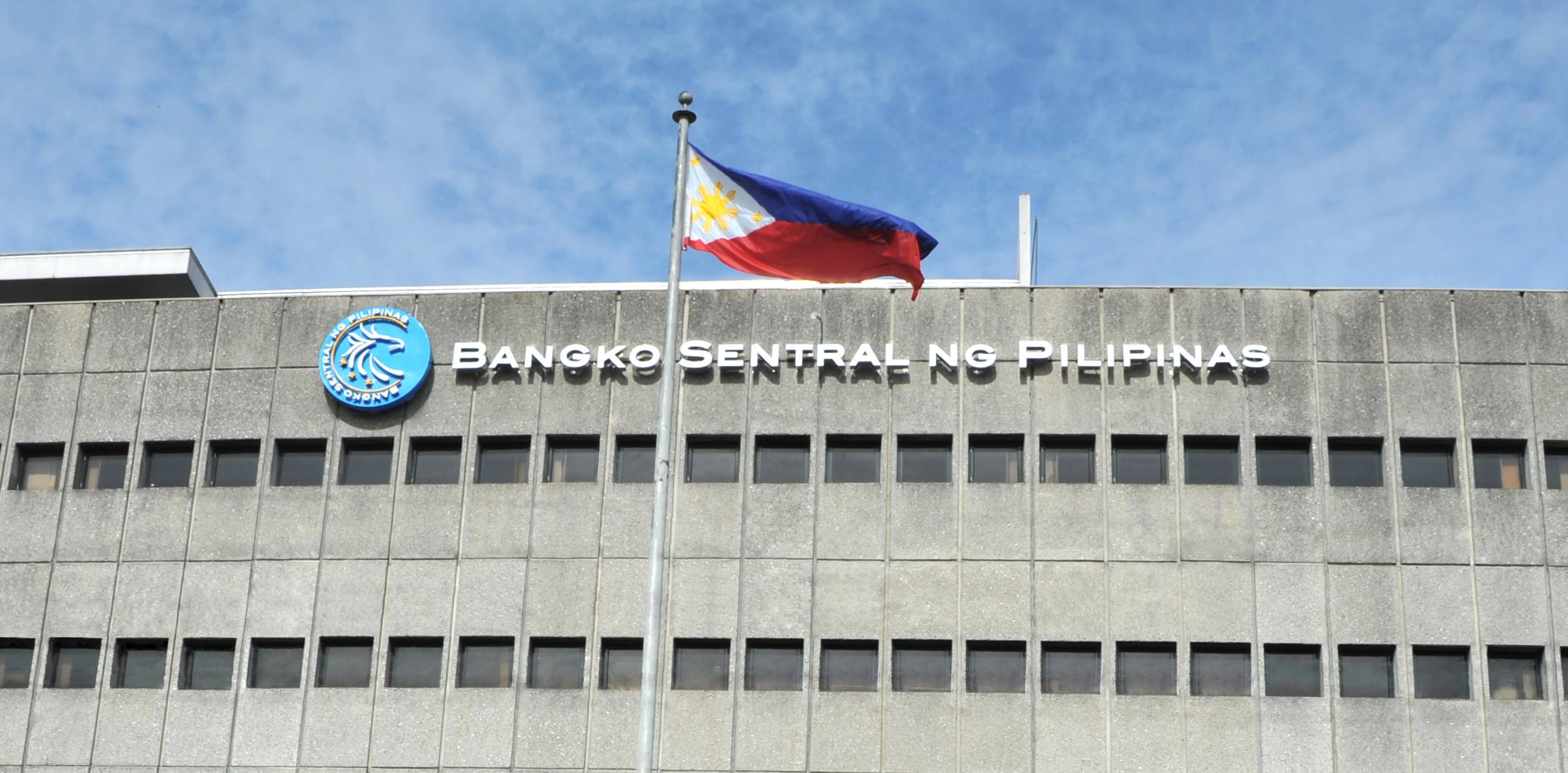The Bangko Sentral ng Pilipinas (BSP) is expected to start cutting interest rates in the second half of 2024 once inflation settles more comfortably within the central bank’s 2 to 4 percent target range, the Asian Development Bank (ADB) said.
This, as there are still some “upside risks” to the inflation outlook, including higher transportation charges and world oil prices, as well as disruptive impacts of La Niña and other severe weather events on food prices, ADB Country Director for the Philippines Pavit Ramachandran said in a message to reporters.
“The BSP is expected to ease its monetary stance in the second half of this year when inflation stabilizes,” Ramachandran said.
The ADB official said the possibility of a higher-than-expected inflation was already factored into the Manila-based multilateral lender’s updated growth outlook on the Philippines, which was retained at 6 and 6.2 percent for this year and next.
The ADB said softer price increases and upcoming rate cuts by the BSP would help support consumer spending, which historically accounts for over 70 percent of the country’s gross domestic product (GDP).
Other risks to growth, Ramachandran said, include heightened geopolitical and trade tensions, as well as weaker growth in major advanced economies like the United States, Japan and European nations.
Ahead of US Fed
With inflation expected to cool down following the government’s decision to reduce import duties on rice, BSP Governor Eli Remolona Jr. said the central bank might start its easing cycle in August, likely ahead of the US Federal Reserve.
But there are some market watchers who pointed out that the BSP cannot ease ahead of the Fed. This is because the peso may come under pressure if local yields become less attractive to foreign investments seeking high returns while interest rates are still high elsewhere, especially in the United States, which is considered a safe haven by investors.
A sharp currency slump could risk fanning inflation by making imports more expensive. It can also bloat the peso value of foreign debts held by the government and Philippine companies.
In its new report, the ADB left its inflation forecasts for the Philippines untouched at 3.8 and 3.4 percent for this year and next, respectively. If realized, price growth would settle within the BSP’s 2- to 4-percent target range.
“Private consumption, which accounts for three-fourths of the economy, is expected to remain the main growth driver this year and in 2025, supported by low unemployment rate and resilient remittances from overseas workers,” Ramachandran said.
“Moderating inflation and expected monetary easing are likely to benefit both household spending and capital expenditures,” he added. INQ


